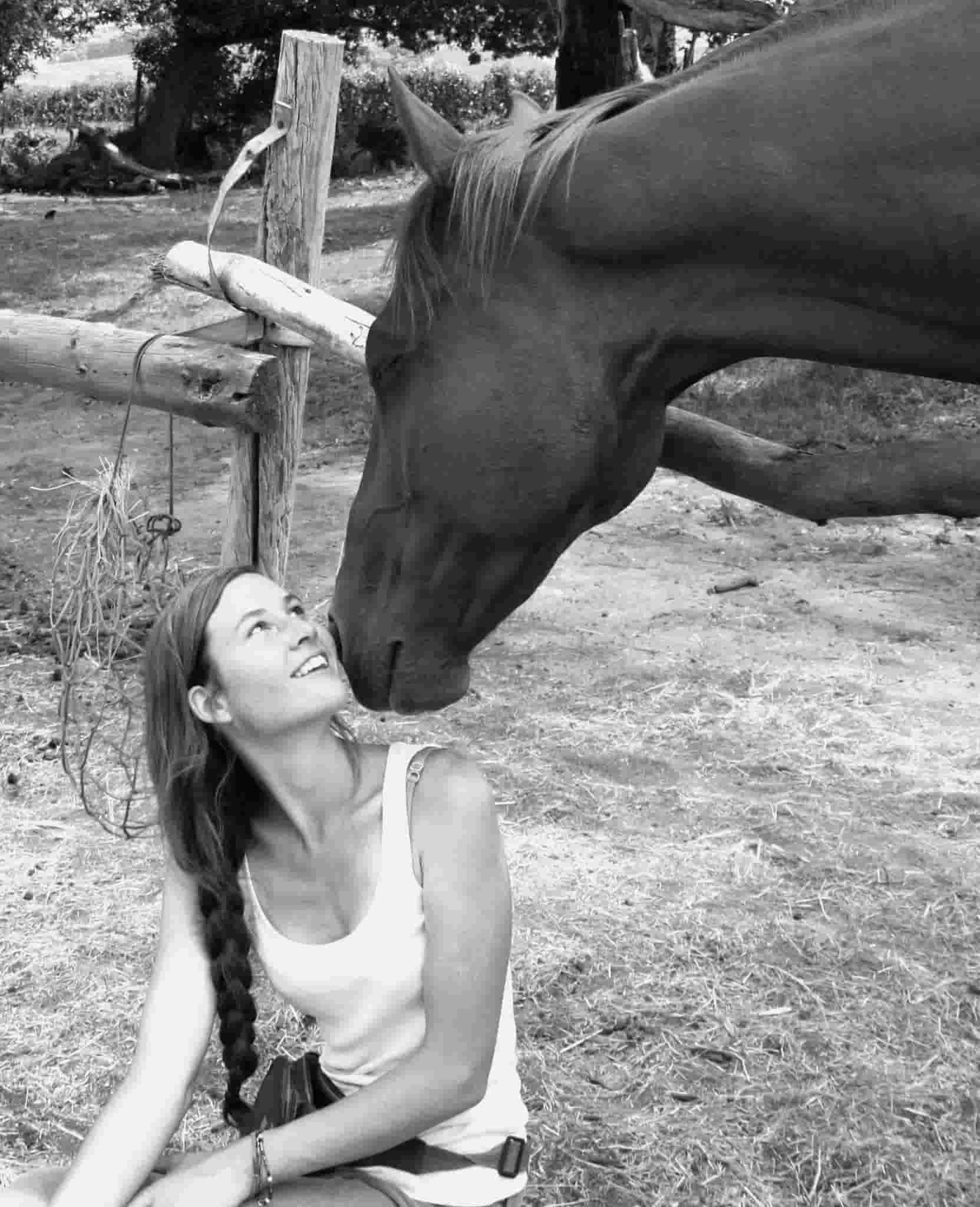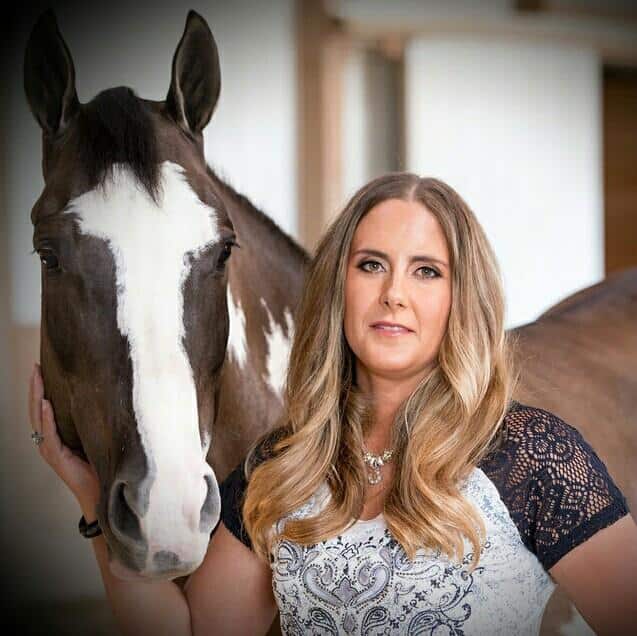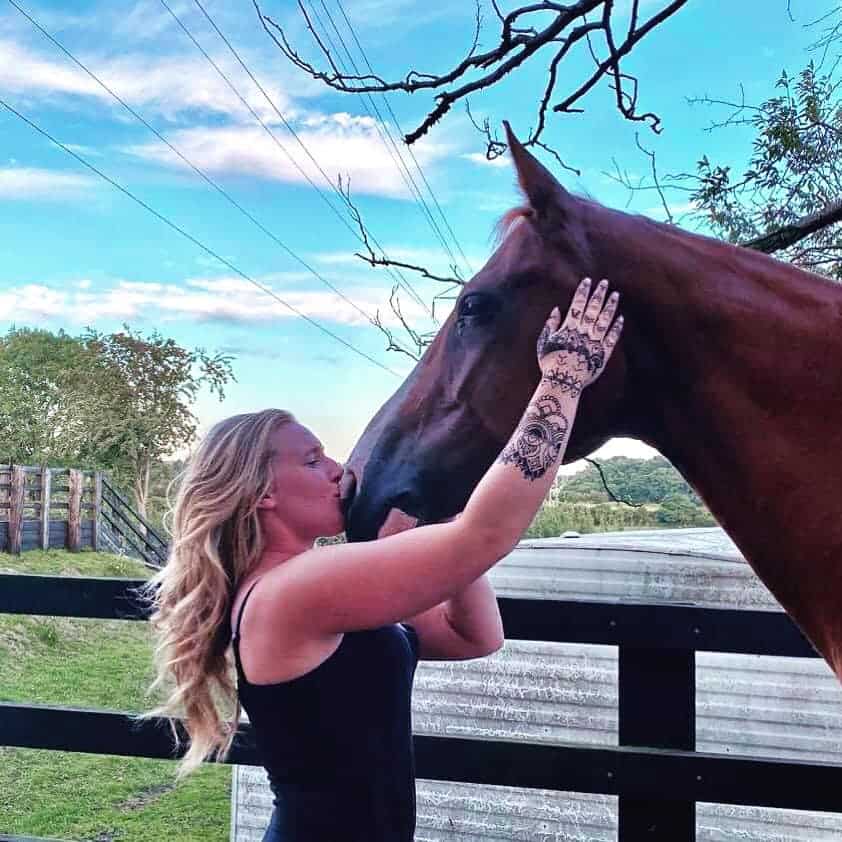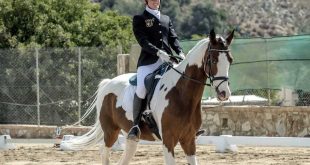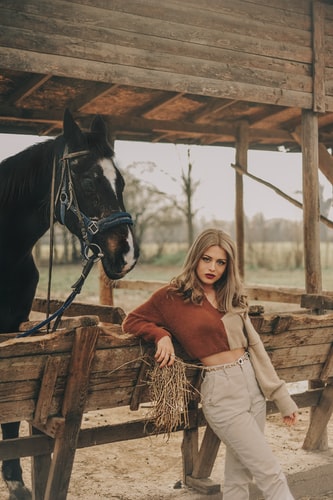Biting horse to human could be a sign of a health issue for your horse, or a sign that it is introduced to being a bit too comfortable with humans.
Why do horses bite to people? Certain horses may bite or nip. Horse biting bad activity can be hazardous, leading to serious injuries to humans. Although horses are grass eaters they are still strong in their jaws and their incisors are extremely sharp. This is very different from wind sucking or cribbing chewing fences.
We have also posted some pictures of horse bites on humans and how to treat horse bites on humans?
What reasons a horse to start biting?
Actually guys there are some causes that horse bit to their owner also anybody as well as why do horses nibble on clothes?
- Horses can become aggressive during winter or in rainy weather. In addition, if riding becomes difficult horses can bite.
- Additionally, horses become violent due to the excess energy in its body. Therefore, if horses don’t utilize their strength by getting active, it’s likely to start to engage in wrong behaviors, like attacking people or biting etc.
- A variety of illnesses can alter how your horse behaves. If you notice something amiss and your horse is nipping, take care of it. Sometimes, your horse may get suffering from discomfort or illness.
- If your horse isn’t always a bites and nips, look to see if there are any causes of discomfort.
- Allogrooming is the process of your horse repaying the help to the other stallions horse can bite on the neck of another horse and also withers. After horse biting, you are able to scratch the horse at the place where the nip happened. Don’t let the horse to do allogrooming. If it is trying to dress the rider while you’re controlling it, you should push the head away gently but strongly. It’s not right when a horse attempts to dress you.
How to stop biting horse?
First of all you should be judge that why is your horse biting? My dear viewers here I’ll try to solve horse biting problems. There are many reasons which cause horses to bite. If you are quick when you encounter these circumstances, you can eliminate the negative behavior of horses.
Quickly trained that your buddy walk backward
For your horse to come back, you have to exert pressure on his front. The first step is to wiggle sharply the lead rope that is attached to the halter. If you don’t get any response, then raise the riding crop or stick to make it visible. Then, walk towards him while moving the rope and pointing the stick.
If he seems to indicate that he’s going to move towards you, hit the lead rope using the stick many times. This isn’t harmful to the horse. It’s just a method to instruct him to slow up. Make sure he is moving backwards at an appropriate pace. You can always tell the moment he stops moving. Do not let him stop by himself.
If your horse begins to bite you, urgently request him to stop. When he begins to step backwards the brain is unable to consider the movement and the thought of biting that is a forward movement is a thought that goes away from his brain. Also, it creates an obstruction between the mouths, so that he doesn’t touch the area.
Engagement with horse to distract quickly
If you are unable to request your horse to back up, for example, in a stall or when the horse is tied up, reply immediately by saying ‘no or tap the shin of your horse with your foot. You don’t want to hurt the leg. Tap enough to attract his attention. This creates an uncomfortable response, which he’ll come to believe is a sign of biting. If there is no desire to get a punch to the shin that is a place of vulnerability and therefore shouldn’t be biting.
Please remember that if your horse bit you don’t hit on the face or muzzle. It will make them nervous about their heads. This doesn’t resolve the problem of biting because now they’re mad at the person who hit them, in addition to the main reason why they bit initially.
Even if they’re not gnashing at you, they’ll think of your hands and face as if you’re hitting them. This makes it more difficult to control, tie up and even brush your horse. It is much easier to lose their trust than gain it back.
Activity in circle riding at field
When your stallion isn’t responding well to back up after biting, consider circle driving. It requires a little longer lead rope in order to let him move around you in circles. You decide the direction he travels in and when he comes to a stop. Make several circles before bringing him come back, switching the pattern.
The main goal is to control of your horse’s movements. That’s how the horse will learn that you are his dominant horse. You determine how he behaves in the opposite direction, and not the other around. When he is able that you are respected, surely you get rid from this habit.
Proper training in the saddle
Our stallions could be caught with their bridles or other bits caught in stirrups or breast collar when they pivot their heads. This is dangerous and can cause them to panic in the event that they cannot turn their head back. Then they begin spinning in circles until they loosen themselves or fall. It is likely that you will be thrown off the course in the first couple of go-rounds and run the risk of being stepped upon.
To dissuade an innocent horse who is interested in your foot, gently tap their noses by using your foot, or tap your thigh with your fingers and then say “ah Ah” or use the opposite rein to force them to turn their head back.
If you are attempting to aggressive horse biting you must get them to move their entire body in a tightly circle in the direction they bent to bite. You decide when they stop the circling. This is the same principle that governs their feet during the groundwork. When they realize that you are the dominant partner, even on the saddle and they stop bending for this type of bad habit.
Friendly behave with them
Certain horses are extremely nervous, particularly with working on the ground. These stallions might bite your halter or grooming. If this happens most of the times, they’re trying to interact with you but they’re extremely anxious.
If your horse raises his neck or turns his head to bite you, calmly manner, prevent the mouth of his horse from biting you by your hands. If he is aiming at your knees then lower your hands. If he aims towards your head, raise your hands to the point that they catch his muzzle.
It is a gentle exercise that takes time, but it has proved to be a long-term way to stop biting habits.
Put your hands on his mouth and rub gently but slowly all over his mouth and nose until you see him pull away. Do not try to overwhelm him and force him to remain there until you’re finished the rubbing. You’re simply paying the attention he deserves and showing him that it’s acceptable to be given a gentle touch.
You must rub your hands quickly enough to not get bit in the beginning. Once he’s started to relax and becomes less stressed around you, he will stop biting himself.
